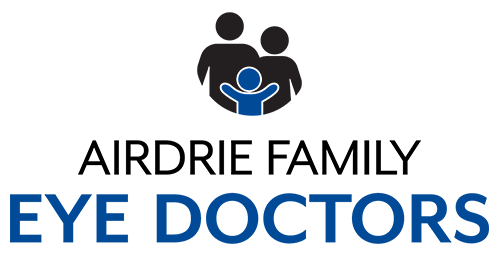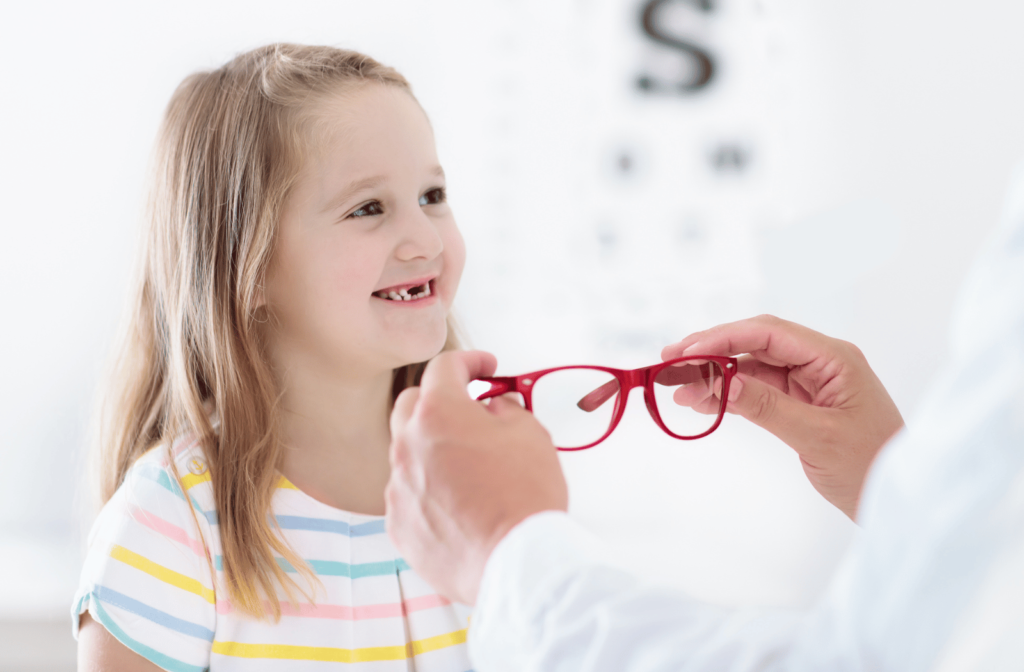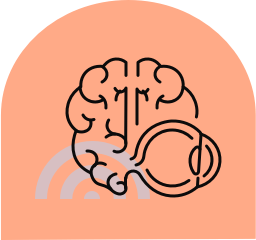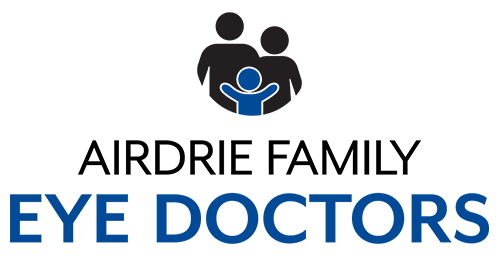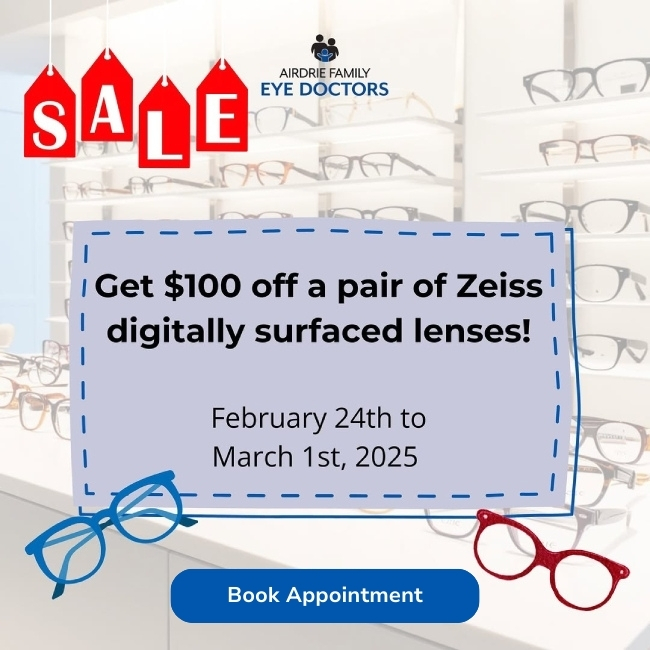For many children of school age, myopia, sometimes known as nearsightedness, is a fact of life. About 30% of Canadians have it, with projections suggesting as much as 50% of the world population will have it by 2050! Suffice it to say, if you have it, you’re in good company.
But what if your child has begun to complain about blurry vision and headaches? It might not mean they have myopia, but that’s why an eye exam is important. If it does end up being myopia, that’s where myopia management comes in. Myopia management involves using one or more treatment options to slow myopia progression in your child.
Understanding Myopia
To function normally, the human eye needs many parts to work together. It needs light, the cornea, the lens, and the retina, among many others. The cornea is the clear front dome of your eye. It’s the part you can touch—though you shouldn’t touch it. The lens sits within your eye, just behind the coloured iris, and the retina covers the back of the inside.
Light passes through the cornea and the lens, bending the light rays, and striking the retina. From here the data is sent through the optic nerve to be decoded by the brain. Now you have an image.
But what happens if the cornea is in a different shape? If while growing the eye becomes too long, resulting in an oval shape, this can cause the light rays to converge in front of the retina. So, while faraway objects look blurry, an object closer to the eye will be clear. This is myopia.
The cause is normally genetics. If you have myopia, chances are one or both of your parents did too. However, there is evidence that it could be caused by environmental factors, such as too much screen time, working on things close up, or even not going outside enough.
Other Types of Refractive Errors
While it is the most common, myopia isn’t the only refractive error someone can have.
You may have also heard of farsightedness or hyperopia. While myopia is the lengthening of the eye, hyperopia is the opposite. The eye is shorter than it should be and the light rays converge instead behind the retina. This causes nearby objects to be blurry while distant ones stay clear.
There’s also astigmatism. In fact, you could have both astigmatism and myopia or hyperopia at the same time. Astigmatism is a general irregularity in the shape of the cornea. Most people may have some degree of astigmatism, but small amounts usually don’t require treatment.
Myopia and Your Kid’s Vision
Your child will probably be the first person to notice if they have myopia, though it could be hard for them to understand what it is. It’s their vision, and it’s the only vision they’ve ever known. However, it is important to catch these early signs and symptoms.
Some signs you or your child might notice are:
- Distant objects are blurry
- Eyestrain
- Headaches
- Rubbing at their eyes
- Persistent squinting
During an eye exam, your doctor will probably ask your child questions about their vision or school. Because we use our eyes so much in learning, your kid’s vision issues might present as other developmental conditions. It’s hard staring at a whiteboard when it’s all blurry, after all.
Unfortunately, myopia can’t be reversed, but it can be slowed or even halted. It typically stabilizes around the age of 20, but until then myopia management is important for children’s eye care.
The earlier myopia is caught, the earlier it can be managed, and the less time it has to progress into something more severe such as high myopia. In rare cases, untreated myopia can progress to such a point where you may be at risk of serious eye conditions such as:
- Glaucoma
- Cataracts
- Retinal detachment
This is why regular eye exams are vital to children’s eye care, with their first exam at 6 months old. Ensure they have another exam before entering school, then continue yearly. Once your child is grown up, they should still receive yearly eye exams throughout their life.
If you notice any signs of vision issues contact your optometrist.
How is Myopia Management a Part of Children’s Eye Care?
Now that you understand how myopia happens and how it can affect your kid’s vision, what can be done about it? There’s no cure for myopia, but there are ways to manage it.
Glasses and contact lenses are effective in correcting myopic vision, but basic single lenses do not help slow down myopia progression. Specialty lenses for glasses and specialty contact lenses are needed to slow the progression of myopia.
This is a gentle method designed to ease eye strain. Studies have shown these types of lenses as being able to slow myopia progression by approximately 50% over three years. Since your child’s eyes are unique, a management plan can’t be one size fits all. With your eye doctor’s help, you’ll find the best way to help your child see clearly.
What Happens to Myopia as You Age?
While myopia is primarily an issue in children, it will affect them into adulthood. There are things you can do that can help you care for your child’s, and your, eye health. These include:
- Taking occasional screen breaks to focus on something in the distance
- Avoiding reading or working in dim light
- Limiting time on digital devices
- Going outside
- Avoiding prolonged close-up activities
- Scheduling regular eye exams
Getting Ready for Myopia Management
Myopia is an ongoing issue for many Canadian children, and an issue that will only get worse if not helped. Myopia management is the best way to slow the progression of this common eye condition.
If your child has myopia, or you think they might, the best thing you can do is take them to see an eye doctor. At Airdrie Family Eye Doctors, our local community is important to us. We are here to help you and your children keep their vision as clear as possible. Come see us soon.
